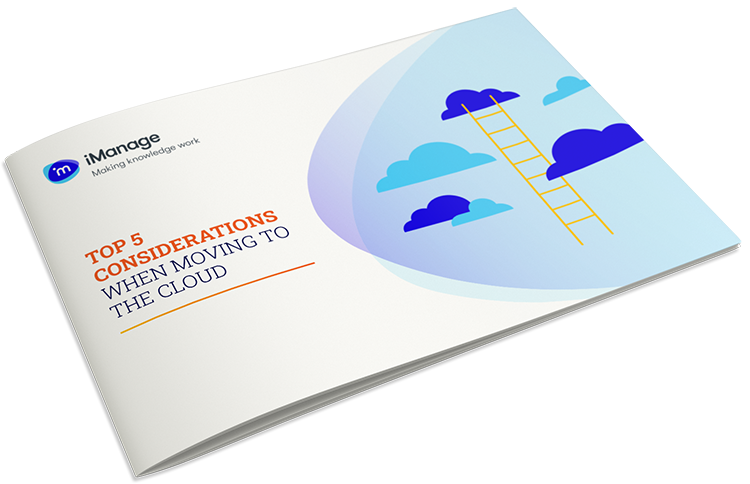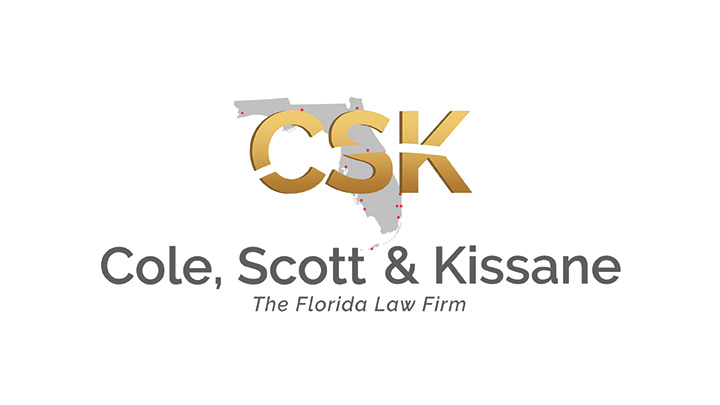Even when a project goes well, it's instructive to take a look back and consider what went well and what we could do differently. From making the decision to move to the cloud, to knowing when to push employees out of their comfort zone, here’s what we learned from our iManage implementation.
Cole, Scott & Kissane is the largest law firm in Florida. We have 13,000 iManage users across 13 offices, including 550 attorneys. When I joined the firm, we were in the middle of a case and document management system implementation, but I quickly realized the firm was growing at such a rapid pace that we needed to rethink our strategy.
The employee experience is key when it comes to document management. If people don’t think a system is easy to use, adoption suffers, which is bad for efficiency and increases the risks of documents being stored locally.
The last thing we needed when 13,000 employees had just learned to use a document management system was something with a vastly different user experience. That’s why we were so excited about implementing iManage Work 10 in the Cloud. It’s intuitive to use and has the flexibility to add custom integrations to replicate processes we’d automated in our previous solution.
Why move to the cloud?
Moving to the cloud meant that we would receive continuous improvements in functionality directly from iManage, and removing the system administration burden meant we could refocus our IT team on higher-value work. That doesn’t mean we want to run everything in the cloud, but storage is expensive. We have 90 terabytes of Word documents and PDFs and would much rather use our on-premises storage for high-performance workloads like SQL.
Reducing friction for colleagues
We considered a two-phased approach, which would have involved moving to the cloud first and then upgrading to Work 10. DeskSite had a similar look and feel to our old system, but we decided against it — if there’s better functionality available in Work 10, why not take advantage of it?
We ripped off the band-aid and cut everyone over on one weekend. It may be tempting to give people more time to adjust, but having colleagues accessing multiple systems just creates complexity, so we just buckled up and jumped in.
Going live in 2020 meant we had no choice but to run training sessions remotely. It went well, but given the choice I’d recommend doing training in person so you can walk people through key functions on their device and be there to answer their questions.
That said, we didn’t get as much pushback as we were expecting, and some people we thought would struggle to use the system picked it up quickly and really like working in iManage. Younger associates in particular really love working in iManage, which encourages their peers to use it too. That’s the advantage of using products that have a great, user-friendly interface that replicates a consumer experience.
To take that one step further, we leveraged iManage APIs to integrate custom add-ons and other key systems, like Office 365, to keep the experience employees were already familiar with, only better.
The journey continues
I’m very proud of what we’ve achieved. We went live on time despite delays caused by the pandemic, and user adoption is higher than ever. We’re still working on adapting and optimizing our platform, and iManage in the Cloud gives us the flexibility to do that.
It feels great knowing that company growth isn’t going to cause a headache for my team. We can focus on supporting our colleagues with new features and functionality to help them work smarter and faster, and protect our reputation as one of the US News’ best law firms in Florida.





